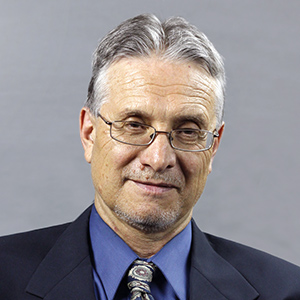On Jan. 24, the State Senate Transportation and Housing Committee convened a hearing on the San Francisco-Oakland Bay Bridge that left some questions unanswered, but did reveal why the $6.4 billion span, some $5 billion over budget and delayed 10 years, remains a major concern for all Californians.
None of the witnesses had been served a subpoena and none was under oath. Even so, several testified in considerable detail that in a push to complete the project, Caltrans bosses compromised public safety by ignoring problems with welds, bolts and rods.
In 2013, dozens of the long metal rods on the project snapped. Metallurgical engineer Lisa Thomas testified that this was due to hydrogen embrittlement, a problem Caltrans invited by opting to use Grade BD steel on the project, rather than the more robust Grade BC. Thomas said that decision raised “five alarms” and that “hydrogen is to grade B as Kryptonite is to Superman.”
Caltrans also outsourced work to China, where workers produced cracked welds. Caltrans bridge engineer Douglas Coe noted that every one of the 750 panels had to be repaired. Coe also testified that for welding on one of their own bridge projects, the Chinese sent panels to England.
The most serious charge, according to State Sen. Mark DeSaulnier, D-Concord, who conducted the hearing, was “a deliberate and willful attempt to obfuscate what is happening to the public.”
Caltrans geologist Michael Moore testified that safety problems were kept secret, ignored and covered up. He called for a “criminal investigation.” He had sought out many state audit agencies, but none took action, so he told his story to the Sacramento Bee, which ran a series of eye-opening articles raising safety concerns.
Caltrans director Malcolm Dougherty testified that the bridge was “safe” and “quality was not compromised.” DeSaulnier had to press Daugherty to admit that any mistakes were made at all.
Caltrans program manager Tony Anziano, a lawyer, denied telling anyone not to write anything down in order to avoid disclosure under state public records laws.
Anziano was the official who reassigned Douglas Coe after Coe raised concerns about defective welds.
Steve Heminger, executive director of the Bay Area’s Metropolitan Transportation Commission, allowed that bridge managers had “traded money for time,” but “never once traded quality for time.”
DeSaulnier listened to all the official apologists with respect, but toward the end told them, “I don’t believe you.”
Earlier he observed that “Caltrans audits itself,” unlike procedures in states such as Texas, and that in the Caltrans culture “you don’t go after the trouble, you go after the troublemaker.”
Much of the testimony added up to a case for a criminal probe. DeSaulnier failed to call for such an investigation, doubtless to the relief of Caltrans. On the other hand, DeSaulnier did prove candid about the reasons for his concerns.
The billions in cost overruns, the 10-year delay, and lingering safety issues had eroded public confidence and made Californians “adverse to taxes.”
These taxes were needed for other “infrastructure” projects that DeSaulnier said would promote economic growth.
He gave no examples, but the prime candidate is surely the state’s high-speed rail project. According to its supporters, the “bullet train” will solve transportation woes, aid the environment, and boost the state economically, all for only $68 billion.
If any California taxpayer believes that, as the saying goes, Caltrans has a bridge to sell you.







